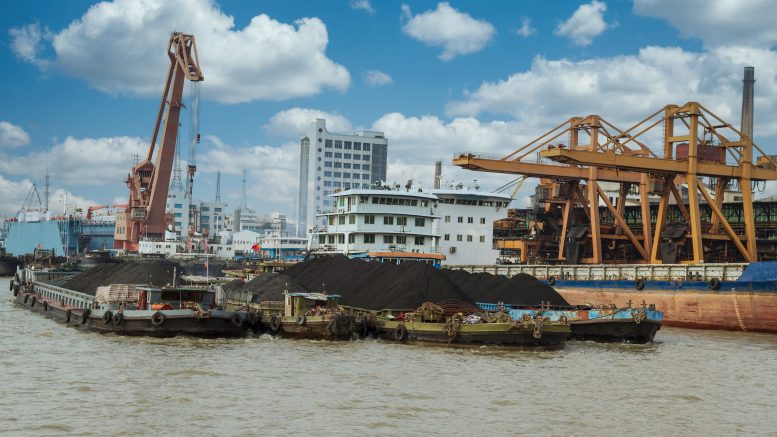The results of EY’s Top 10 Business Risks survey are in play as the industry considers a supply response to the wall of metal demand the energy revolution is generating, Americas and Canada sector leader for mining and metals, Theo Yameogo, tells The Northern Miner.
The energy transition demands unprecedented volumes of minerals and metals, with some analysts noting US$1 trillion of investment is required to meet forecast demand curves in the medium-term.
“The climate crisis and rising stakeholder expectations are increasingly significant forces of change,” the analyst said in an interview.
While the 2022 rankings were released in October 2021, Yameogo says they are just as relevant today. “Environment and social took the number one spot in our rankings for the first time, followed by decarbonization and then licence to operate (LTO).”
According to the analyst, as environmental, social and governance (ESG) factors become a bigger priority for investors, shareholders and a broader group of stakeholders, miners are doing more to integrate ESG into corporate strategies, decision-making and stakeholder reporting.
“Stakeholder pressure over biodiversity and water management issues is likely to intensify, requiring miners to progressively plan for mine closures and better manage the water-energy nexus to satisfy expectations,” Yameogo said.
Companies are also under increasing pressure to take more responsibility for their impact on communities and go beyond their regulatory obligations. “Miners that help drive the long-term, sustainable economic and social growth of the regions in which they operate can leave a positive legacy beyond the life of mine,” Yameogo said.
Rising geopolitical tension and regulatory red tape are also hindering the development of new mines for critical mineral streams, as the West seeks to establish new vertically integrated value chains independent from battery market dominator China.
“The first five trends in our ranking show what mining needs to do in-house to fix itself so that it can respond to that massive demand from the outside,” Yameogo said.
ESG progress
The analyst cautions that the complex issue of ESG often gets oversimplified, making the various components look similar.
“When one thinks of mining and metals, the ‘E’ and the ‘S’ are massive. The ‘G’ tends to be something we haven’t done a lot about yet. Things like diversity and inclusion. We’re still behind on those,” Yameogo said.
“Transparency on things like transfer pricing or paying governments; we’re still behind [with] those, but they are things that are fixable in my mind, more straightforward than the E, which is a critical priority.”
Yameogo also said that building a flexible decarbonization strategy can help miners achieve net-zero targets and market differentiation.
“With investors and governments moving away from investment in thermal coal, and carbon pricing set to increase, miners must treat decarbonization like any other strategic risk,” he said.
Critically, Yameogo notes an industry focus on creating long-term value for all stakeholders can secure mining’s future as locations become more remote and NIMBYism spreads to formerly mining-friendly jurisdictions.
Yameogo says the LTO imperative is evolving fast as expectations change around mining’s contribution to communities, economies, protection of heritage sites and engagement with Indigenous and First Nations people.
“Miners will need to proactively navigate trade wars, new governments, and resource nationalism. The geopolitics of the Covid-19 pandemic — including export controls and industrial policies to increase ‘self-sufficiency’ in critical products and a global minimum tax on the largest global companies — are creating headwinds for globalization and exacerbating strains in the global rules-based order,” Yameogo said.
With capital availability increasingly linked to ESG ratings, miners need to demonstrate their achievements.
“Competing for well-priced capital requires miners to better demonstrate their achievement of both financial and non-financial considerations. Critically, higher ESG ratings can enable access to a larger pool of attractively priced capital,” Yameogo said.




Be the first to comment on "EY’s business risks ranking key to energy transition supply response"